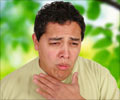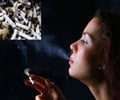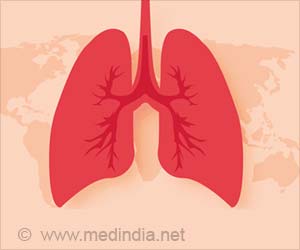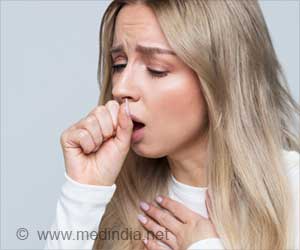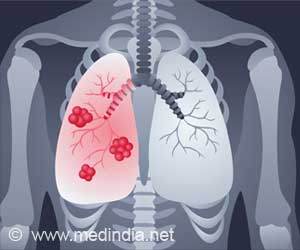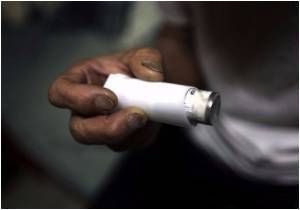
The different colours and effects produced in these displays are achieved by adding metals to the gunpowder. When a pyrotechnic display takes place it releases a lot of smoke, liberating minute metallic particles (of a few microns in size, or even less), which are small enough to be inhaled deeply into the lungs.
"This poses a risk to health, and the effects are probably more acute in people with a background of asthma or cardiovascular problems", Moreno explains. "The effects in healthy people are still unknown, but common sense tells us it cannot be good to inhale the high levels of metallic particles in this smoke, even if this only happens a few times a year".
The study focused on the San Juan fiestas (the night of 23 June through to 24 June, 2008) in the Spanish city of Girona. The researchers analysed the levels of more than 30 chemical elements and compounds in May and June in order to confirm that the levels of lead, copper, strontium, potassium and magnesium skyrocketed after the fireworks were launched.
The team found the results were similar in other towns too. During the Mascletà (18 March), for example, in the Las Fallas fiestas in Valencia, levels of these elements rose once again, as well as others such as aluminium, titanium, barium and antimony, and also concentrations of nitric oxide (NO) and sulphur dioxide (SO2).
Other studies have confirmed that the smoke from fireworks increases the presence of metallic particles in the skies over L'Alcora and Borriana (Castellón), Barcelona and even London (United Kingdom) during the Guy Fawkes' Night celebrations.
Advertisement
Possible solutions
Advertisement
According to the scientists, in the absence of a ban on fireworks, spectators should stay well back in a place not affected by the smoke and pay attention to the wind direction. They also recommend that fireworks displays should be sited in a place that ensures the plume of smoke will blow away from densely populated areas.
An added problem is the chemical mixtures in the different kinds of fireworks, since some contain extremely toxic metals such as lead. "There should be strict controls on fireworks imports so that those with the potentially most dangerous chemical composition can be avoided", concludes Moreno.
Source-Eurekalert


